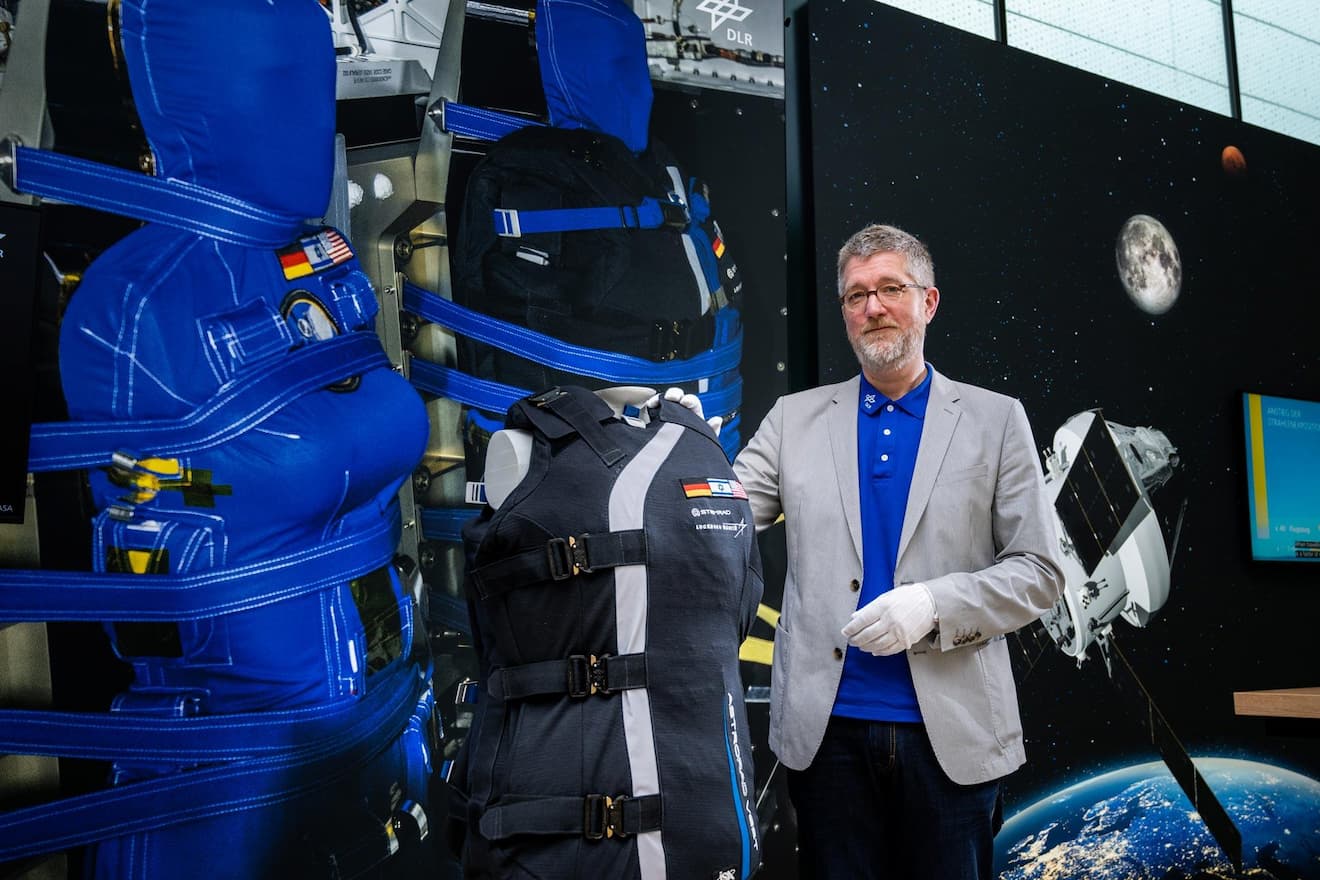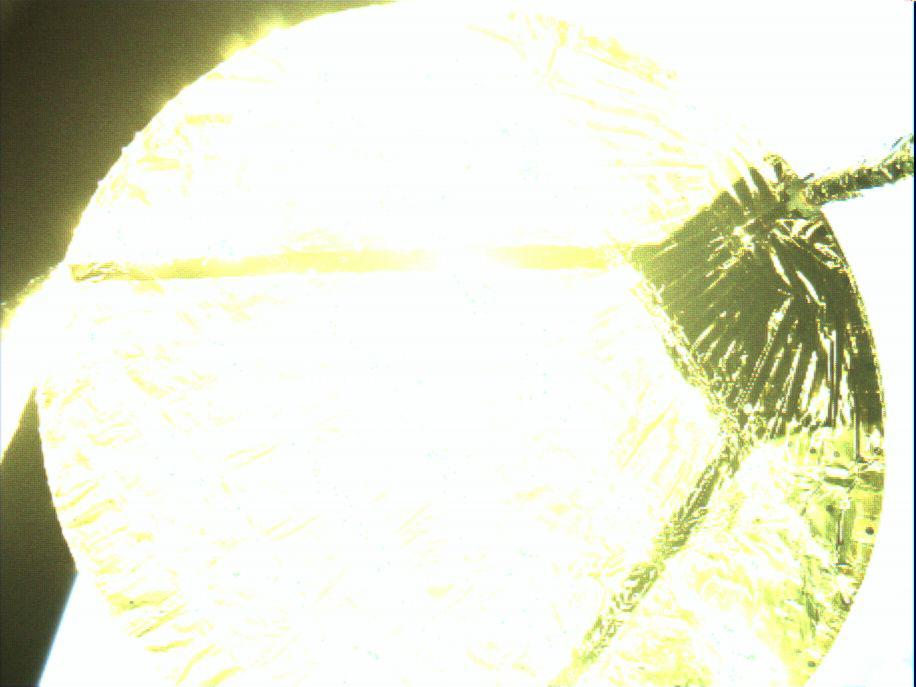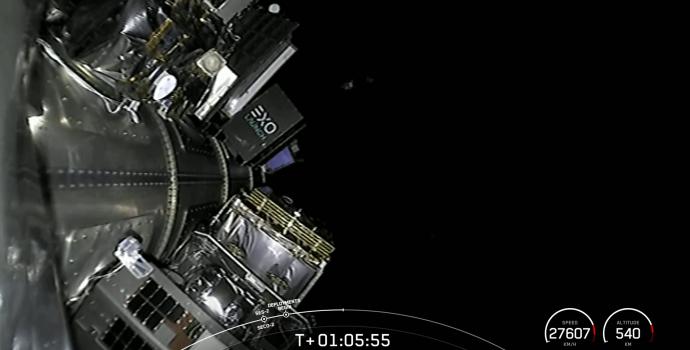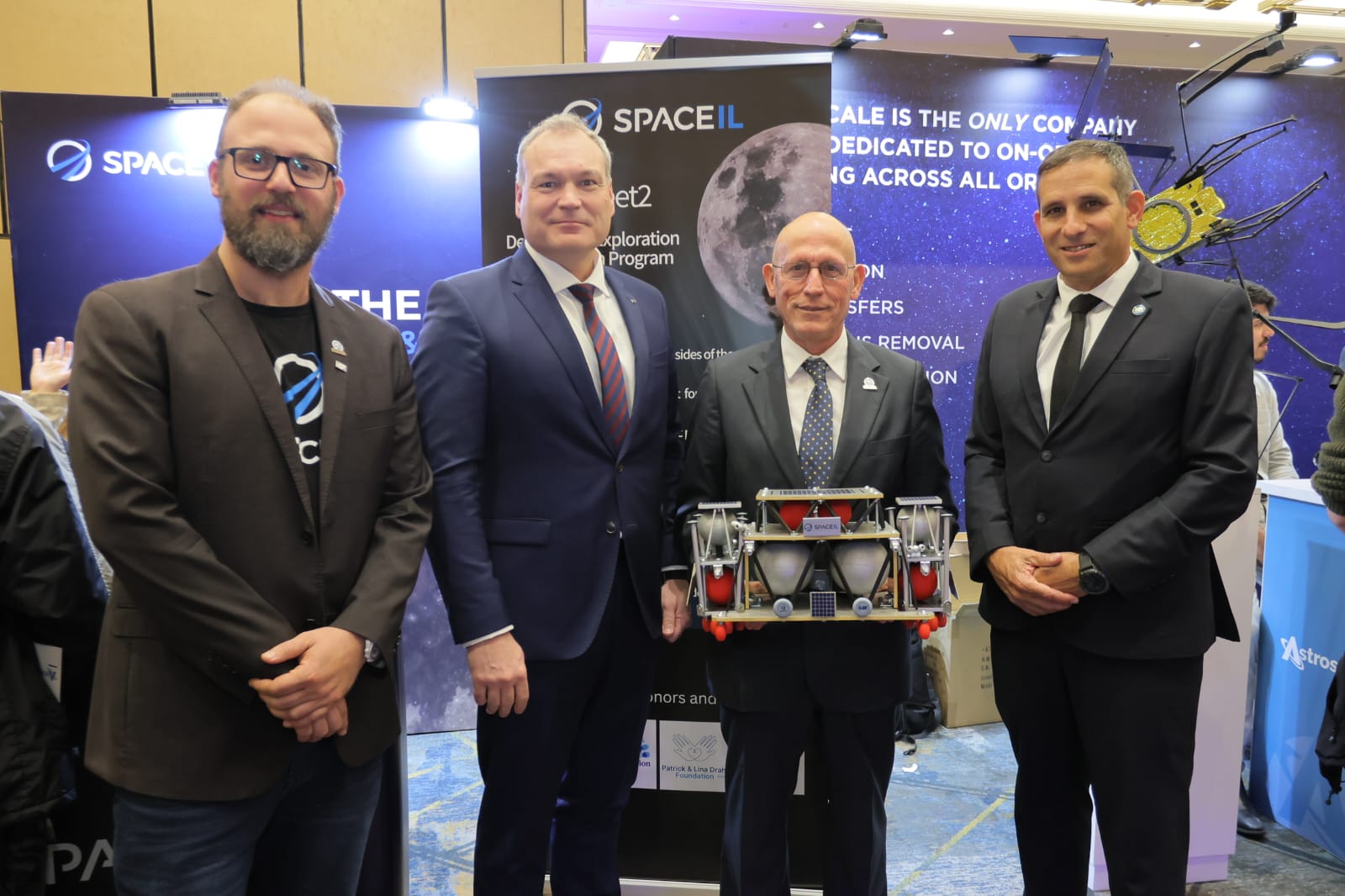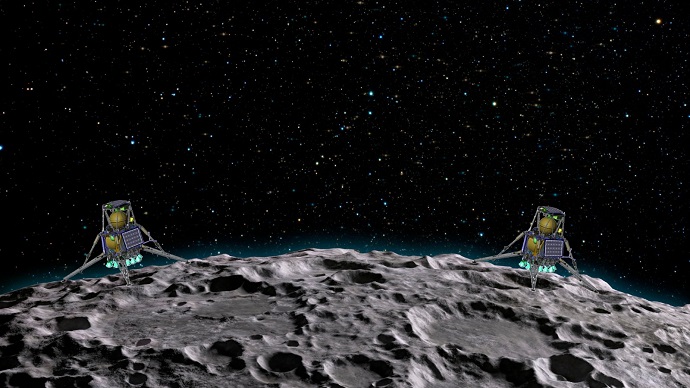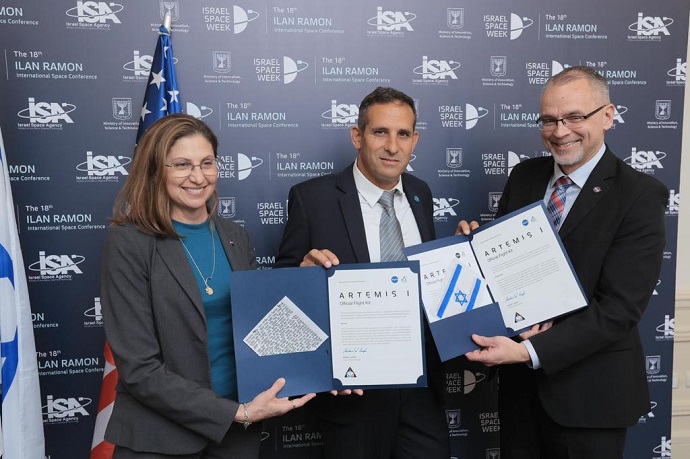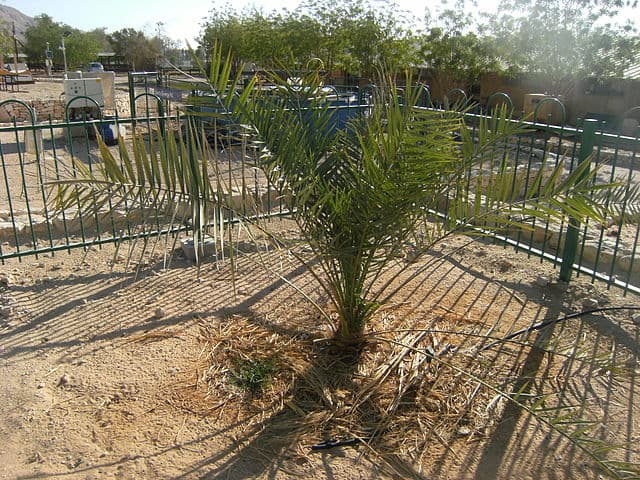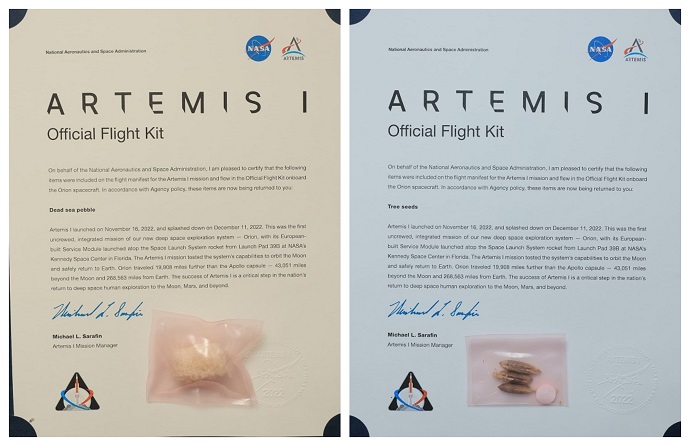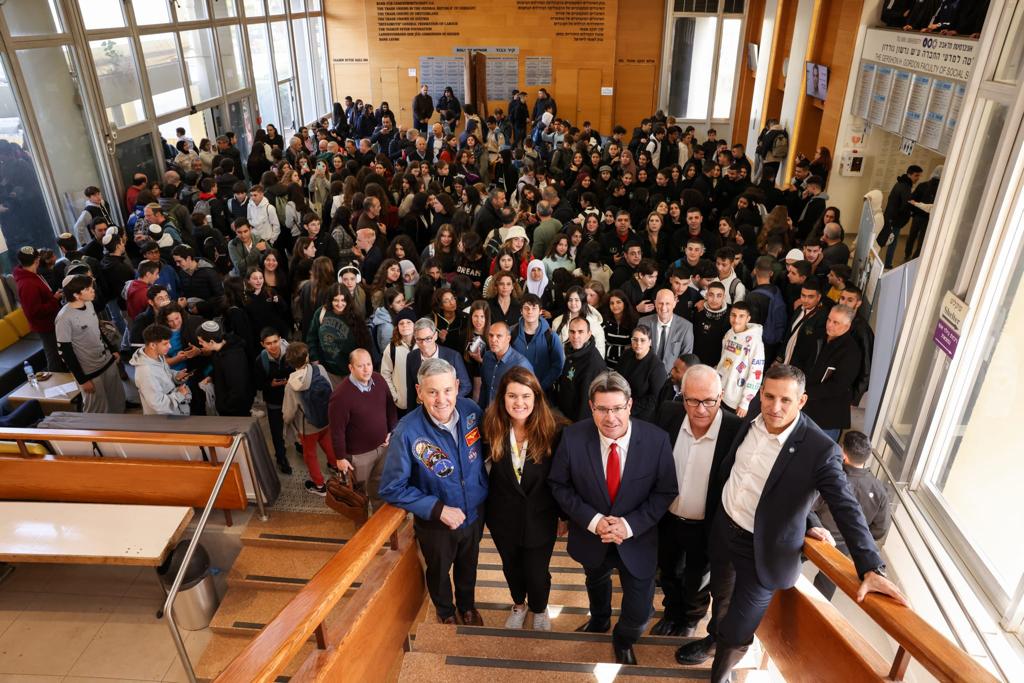At the end of their historic journey around the moon as part of NASA's Artemis 1 mission, the astronauts, Helga and Zohar, fluorescent radiation measurement dolls recently arrived in Cologne, Germany. Last Thursday, both were presented to the media for the first time by the German Aerospace Center (DLR). The data from the MARE (Matroshka AstroRad Radiation Experiment) experiment of the German and Israeli space agencies will soon provide a three-dimensional anatomical image of radiation exposure during a flight to the moon and back.
As you may recall, the two dolls, the Israeli Zohar and the German Helga, returned with the unmanned spacecraft on December 11, 2022, at the end of a pioneering and record-breaking 26-day journey in deep space. As part of the MARE experiment, Zohar wore the Astro-Rad anti-radiation protective vest from the Israeli company StemRad. If it is proven that Zohar did indeed absorb less dangerous radiation than Helga, on their way to the moon, the Israeli-made Astro-Rad protective vests are expected to become NASA's new safety standard – and will also be used by the astronauts who will land on the moon in 2025 and in the coming missions of the Artemis Program.
"Manned flights into space are developing rapidly and the exploration of the Moon and beyond will continue to gain momentum," explained Anke Kaysser-Pyzalla, Chairman of the Board of Directors of DLR. "Radiation exposure is one of the main unresolved medical challenges of human space flight. We need to understand it more precisely in order to develop effective means of protecting humans in space. This is where the MARE project has performed pioneering work as part of the Artemis mission to the moon."
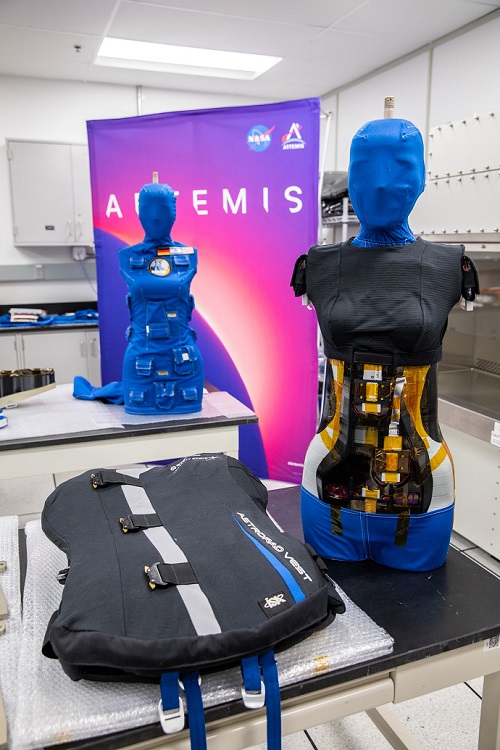
More than 12,000 radiation detectors
Zohar and Helga each consist of 38 discs, 95 centimeters thick and weighing 36 kilograms, and both contain organs and bones made of plastic of varying density. In order to simulate the female landscape as much as possible, both dolls even include plastic imaging of reproductive organs, in order to measure the intensity of radiation in particularly sensitive organs.
The delivery of the two measuring dolls at NASA's Kennedy Space Center in January included an initial test of the measuring instruments. "The active radiation detectors provided consistent, high-quality data," reports Thomas Berger, head of the MARE experiment. "We will now begin the evaluation of more than 12,000 passive radiation detectors made of small crystals located in both of the two measurement bodies."
The analysis of the data will take several months, and the results will be published in early 2024, but Berger added that "we can already see support for some of our assumptions about radiation exposure during the journey to the moon."

